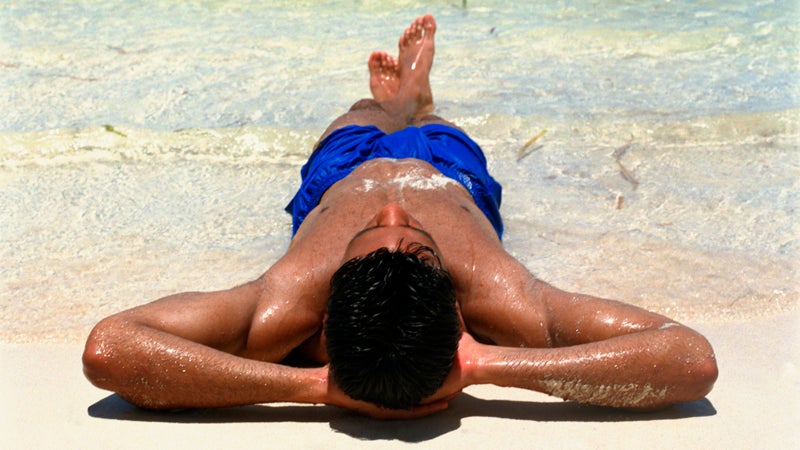From the time American youth step onto their first beach, fastidious parents dunk them into vats of sunscreen and swaddle them in ultraviolet-protective sun shirts and hats. This has also been the modus operandi of Australians, famous among dermatologists for having the world’s highest incidence of melanoma, since the country launched its .��
However, . In light of new research, Australian dermatologists are not only challenging the cornerstones of skin protection, but also uncovering interesting dialectics between American and Australian perspectives on race.
�����ٳ�dzܲ����� muddle the message, Nautilus Magazine is reporting that Cancer Council Australia —particularly those in low-light areas such as Sydney and Melbourne—to toss their Ombrelle and fill prescriptions for natural sunshine. Instead of insulating ourselves from light, Australian dermatologists are encouraging us to —intelligently, of course. from adapt to the seasons and, in a sociologically bold move, take skin color and race into account.��
“We’re very active telling people when not to use protection” in winter, said Craig Sinclair, head of Cancer Council Victoria, in an interview with Nautilus. “This is certainly unusual compared to the U.S.”
The new guidelines follow a host of studies reporting that regular sun exposure lowers risk of melanoma and protects against burning, and that sunburns, not tans, spur skin cancers.
The human body requires vitamin D, deliverable via UV in sunrays, to function. Melanin, the amino acid–derived skin pigment that defends against ultraviolet solar radiation, also impedes natural production of vitamin D, leaching calcium from the body and increasing risk of bone fractures, osteoporosis, and diseases like rickets.��
The amount of melanin in our bodies correlates with our complexions, as determined by the melanocortin 1 receptor gene (MC1R). MC1R dictates which melanin pigment our bodies produce; brunette and raven-haired folk who tan easily pump out eumelanin, while those light of skin and hair () produce pheomelanin. Eumelanin’s sun protection factor (SPF) is 10 times stronger than pheomelanin, as pheomelanin allows more UV to enter the skin to create vitamin D. See where this is going?
Recent studies have shown that human evolution mirrored sun exposure. In places like Scandinavia where sunlight was hard to come by, the biggest worry was getting enough vitamin UV, not sunburn. Under the hot sun of Sub-Saharan Africa, however, getting enough light was never an issue—keeping it out was. In the Mediterranean, people tan quickly and lighten as the seasons change, adapting to different availabilities of light.
�³�����, Australian dermatologists adapt their advice to patients’ melanin levels, which inevitably means race.
“Americans have a serious problem with skin color. When you think of the history of slavery in the United States, that is the problem,” said Nina Jablonski, a professor at Pennsylvania State University, . “So many doctors feel extremely uncomfortable talking about it. What they see in skin color is a social barrier, not a physical phenomenon.”
Australians, on the other hand, see themselves as pragmatic rather than politically incorrect.
“The pragmatism leads us away from the one size fits all,” says Australian dermatologist Stephen Shumack.��
Australia has hit the ground running with its guidelines, producing the , which measures UV levels and vitamin D production and has attracted more than 100,000 downloads. Hopefully, this will help the country chip away the alarming fact that 70 percent of Australians get melanoma within their lifetimes.
If you’re an American looking to rebel against the dermatological community, you’re in luck: After discovering that 80 percent of Americans are vitamin D deficient, Californian Rob Williams got the bright idea to create , the American equivalent of SunSmart’s app.


